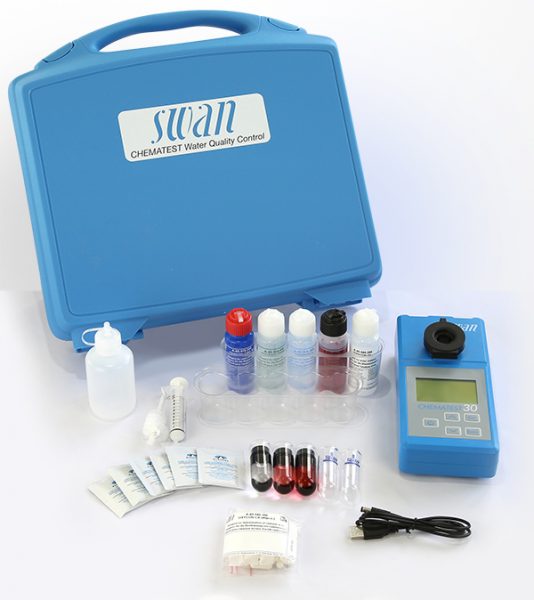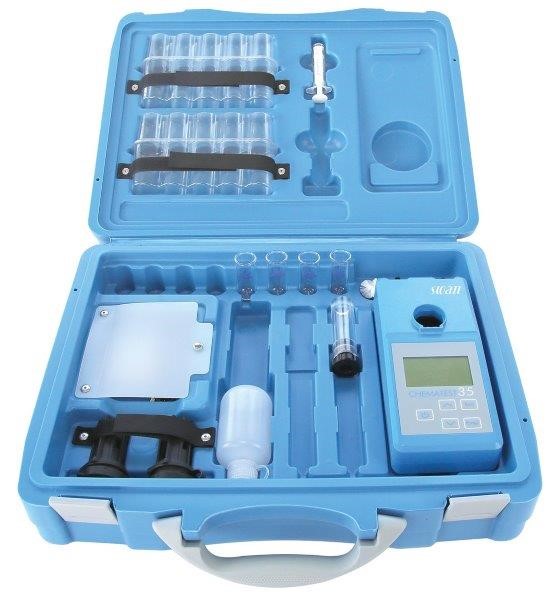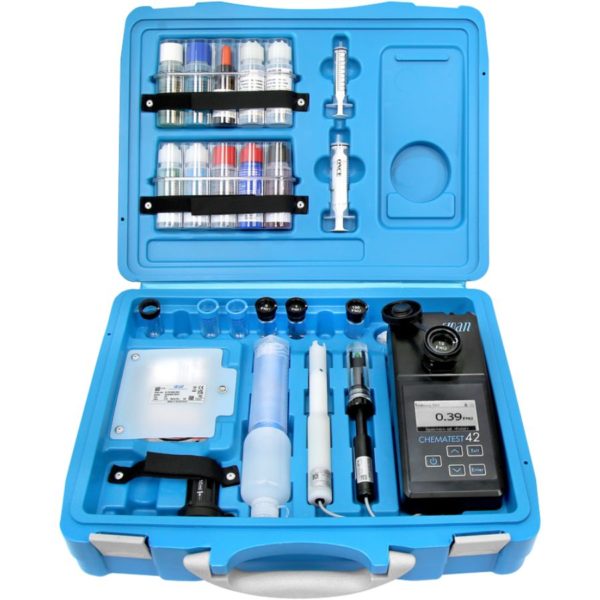What is Cyanuric Acid?
Cyanuric acid, with the chemical formula C3N3(OH)3, is a triazine compound known for its structure consisting of a 1,3,5-triazine ring substituted with three hydroxyl groups. This organic compound is recognised for its role as a xenobiotic and finds utility in various industrial applications due to its stability and reactivity. Cyanuric acid serves as an important precursor in the synthesis of chemicals such as melamine and bleaches, and it is extensively used in swimming pool water treatment as a chlorine stabiliser. By protecting chlorine from rapid degradation under UV light, cyanuric acid helps maintain effective levels of disinfection over longer periods. Its physical appearance is typically that of a white, crystalline, and odourless powder, which becomes toxic nitrogen oxides upon decomposition at temperatures above 320°C.
Monitoring Cyanuric Acid in Water
Monitoring cyanuric acid levels in water, particularly in swimming pools and spas, is crucial for maintaining a healthy and safe aquatic environment. Cyanuric acid, often referred to as a stabiliser or conditioner, plays a pivotal role in protecting chlorine from rapid decomposition under the sun’s ultraviolet (UV) rays. This protection is essential because chlorine serves as the primary disinfectant in pools, eliminating harmful pathogens and preventing algae growth. However, maintaining the correct balance of cyanuric acid is key; too low levels can result in chlorine degrading too quickly, while excessively high concentrations can diminish chlorine’s effectiveness as a disinfectant. Industry guidelines suggest keeping cyanuric acid levels within the range of 30 to 50 parts per million (ppm) for optimal efficacy.
Swan Analytical Cyanuric Acid Analysers



